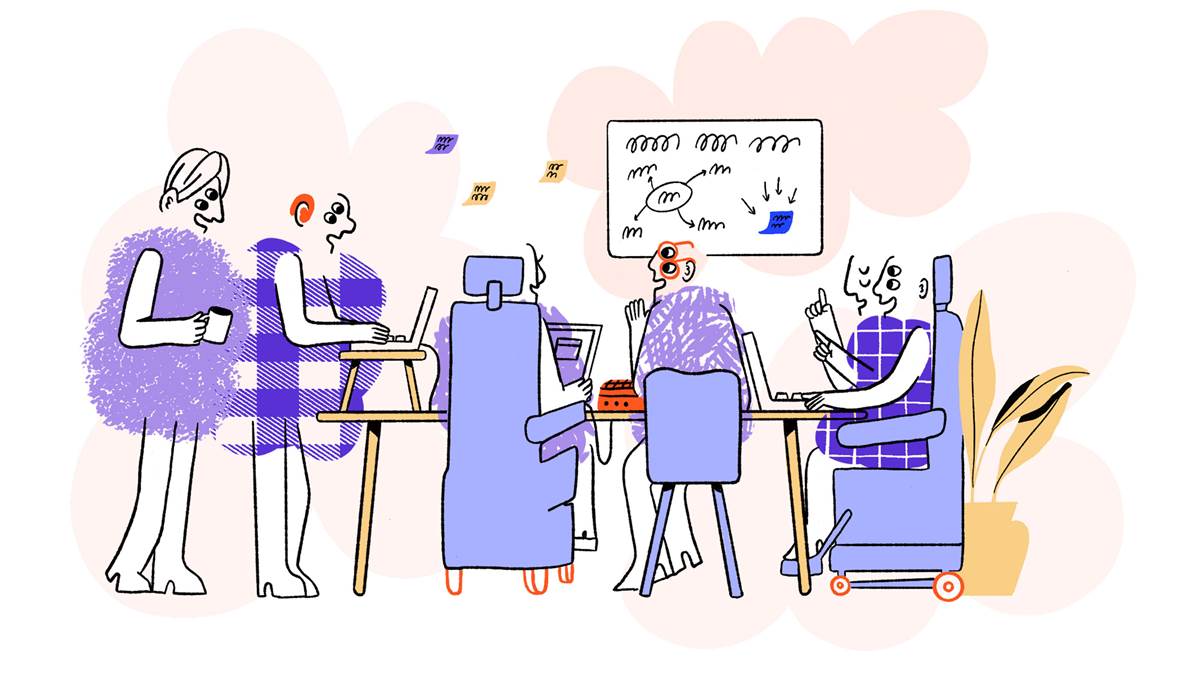Global Accessibility Awareness Day: The drive for the simple


Given that inclusive design and accessibility have never been more popular topics in the technology and agency sphere it seems close to negligent that we still have such a high level of failure to access for those that need consideration the most.
There has been in recent months a focus on the more exciting aspects of accessibility. A large number of designers have their sights set on the proposed change to the colour contrast algorithm that is coming in WCAG3 (silver), which is certainly a positive change for the design community and users alike. But is also unlikely to become a reality for at best half a decade.
And whilst we shouldn’t damage enthusiasm or discourage people from learning about or engaging with accessibility and inclusive design it seems like on the day of GAAD we should perhaps pause and consider the more fundamental and functional aspects of what we do.
The detail of accessibility is both the boring bit and the beautiful bit, and small changes can be done right now that make significant differences.
At the crux of the WebAim million report was the fact that it is not the more esoteric or complicated things that are blocking access. Instead it’s the basics, a lack of alt text for images, forms without labels, incorrect heading structures and non semantic code.
We should keep looking at, and looking for improvements - accessibility after all is a huge driver of innovation, as the story of Mrs Snowball and the beginning of “online” shopping prove5. However, a quicker route to breaking down the blockers is the hard work of auditing our estates, learning and adhering to WCAG, and writing user requirements from the point of view of those currently excluded into our product management.
So, once more I ask, today, for GAAD, that we elevate the simple things, we facilitate leaders in accessibility in every discipline to achieve them, and we champion the cause of those people who currently still find themselves excluded from digital.
At the end of the day, building a world that works better for those who can access it works worse for all of us. At Kin + Carta we truly and strongly believe that there is no world without everyone, and every ability.
----
1. https://www.unicef.org/press-releases/almost-one-billion-children-and-adults-disabilities-and-older-persons-need-assistive
2. https://www.adatitleiii.com/2022/03/federal-website-accessibility-lawsuits-increased-in-2021-despite-mid-year-pandemic-lull/
3. https://beta.ada.gov/web-guidance/
4. https://webaim.org/projects/million/
5. https://www.bbc.co.uk/news/magazine-24091393
Want to learn more about accessibility and Designing With Empathy?
Visit the Designing With Empathy page